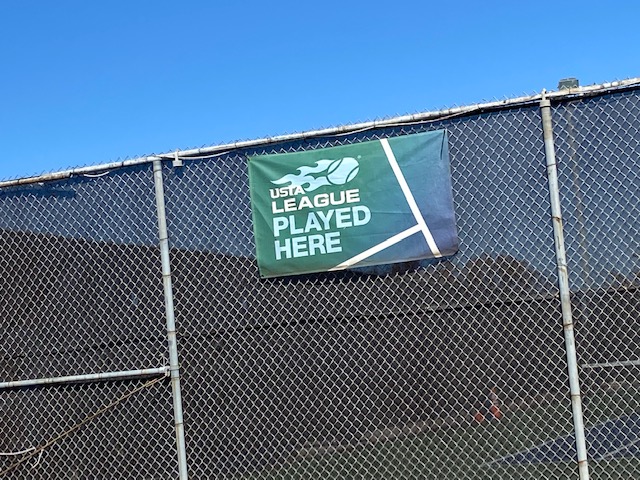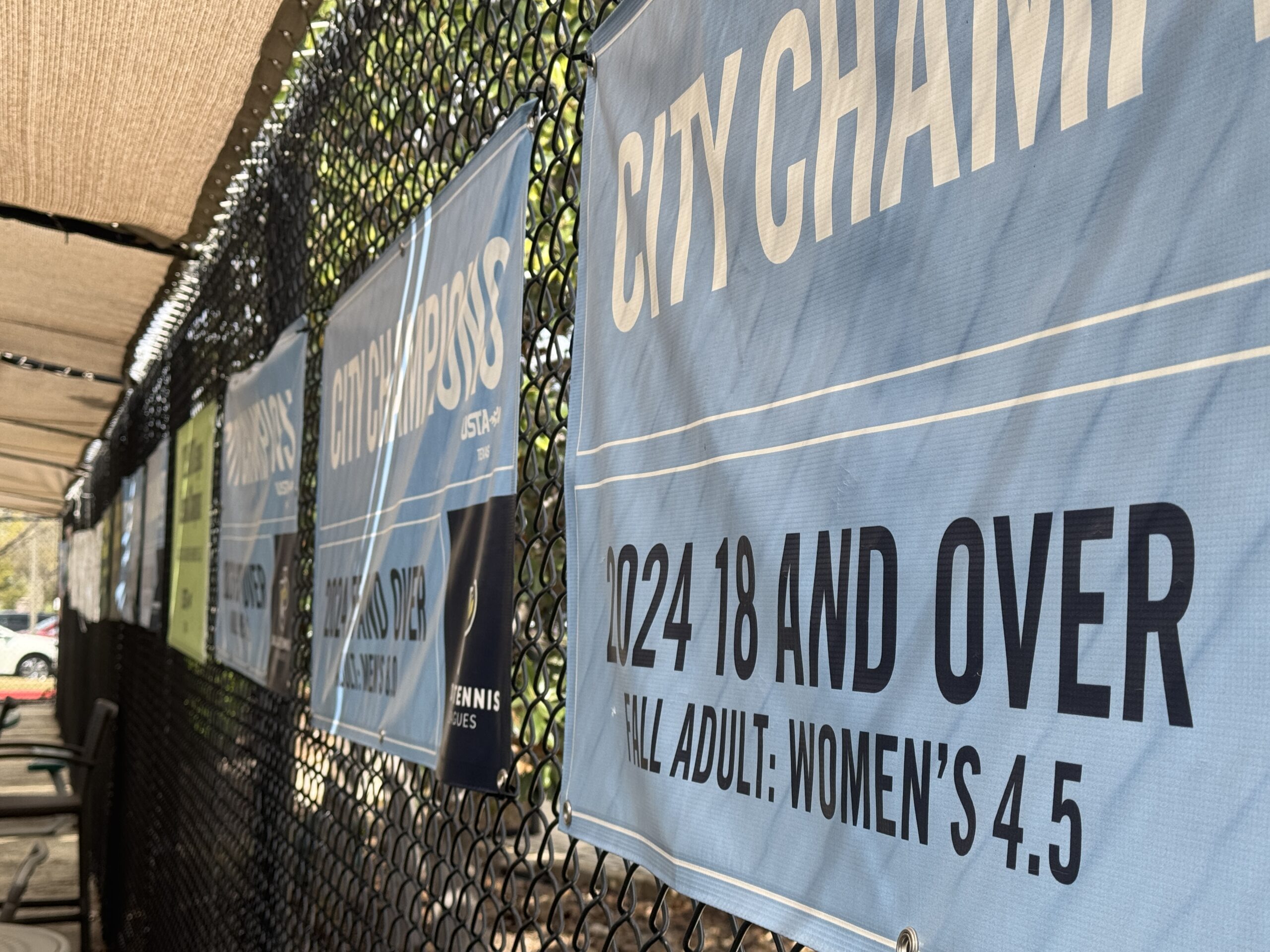A few days ago, one of my friends sent me a link to an Instagram Reel from a USPTA certified coach claiming that the USTA had implemented a “new” rule effective for 2024. She correctly thought it would be a good topic for a post. As it turns out, this particular rule highlights an obscure aspect of “The Code,” which is otherwise known as Part 2 of the USTA Friend at Court. It is also a lesson about the potential perils of blindly accepting what a random person posts on the internet (*cough*) without referring back to the original authoritative source.
As a quick refresher, “The Code” is the player’s guide to fair play and the “unwritten rules of tennis.” It addresses aspects of play that are not stated in the ITF Rules of Tennis, but rather the practices and behaviours that have been established by custom and tradition. For example, if there is any doubt on a line call, the opponent is supposed to receive the benefit of the doubt. That isn’t imposed by the ITF Rules of Tennis, but rather “The Code.”
The “new” rule highlighted in the Instagram Reel comes from the section of “The Code” titled “Service calls by serving team.” This is the full text of the referenced principle with the “new” rule bolded and highlighted in red.
Service calls by serving team. Neither the server nor server’s partner shall make a fault call on the first service even if they think it is out because the receiver may be giving the server the benefit of the doubt. There is one exception. If the receiver plays a first service that is a fault and does not put the return in play, the server or server’s partner may make the fault call. The server and the server’s partner must call out any second serve that either clearly sees out.
USTA Friend at Court, Part 2 “The Code”, Principle 26.
One reason this (and other aspects) of “The Code” are good blog post fodder is the potential for “hell hath no fury” moments between players. I think it is exceedingly rare for the serving team to call one of their own serves out. If I hit a second serve that the other team played and my partner called out… I would not be happy with my partner.
It is natural to wonder what might have prompted the USTA to add this “new” rule in 2024, as asserted in the Instagram Reel. The short answer is nothing, because it isn’t a new rule at all. Though rarely seen in practice, the directive requiring the serving team to call their own clearly out second serves has been in “The Code” since at least 2001, which is the oldest printed copy of the USTA Friend at Court I have with me at the moment.
It would be natural to wonder what prompted the USTA to add this “new” rule in 2024, as the content creator claimed in the Instagram Reel passed to me. The short answer is nothing, because it isn’t a new rule at all. Though rarely seen in practice, the directive for the serving team to call second serves out has been in “The Code” since at least 2001, which is the oldest printed copy of the USTA Friend at Court I have with me at the moment.
There have been some minor wording updates made to that particular principle since the original inception of “The Code.” For example, the pronouns were changed to make the language gender neutral. Additionally, the word “must” was updated to “shall” somewhere along the way. However, the essence of that principle has been in place for at least a couple of decades. I have no idea what prompted the originator of the Instagram Reel to think it was new. I went back to my change bar version of the USTA Friend at Court from 2024 to see if he might have been misled by markings indicating an update due to the must-to-shall rewording, but there were no changes to that principle between the 2023 and 2024 versions of the rulebook. It’s a mystery.
This vignette is a perfect reminder that not everything labeled as “new” (or true) on social media is accurate. We should all be cautious when accepting unmoderated online content as authoritative. It’s always worth taking the time to check the original source for yourself. I feel like that is a good life lesson that transcends tennis.



